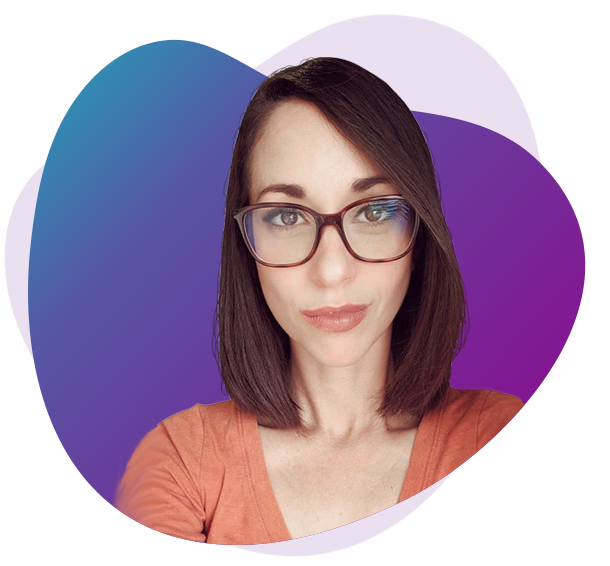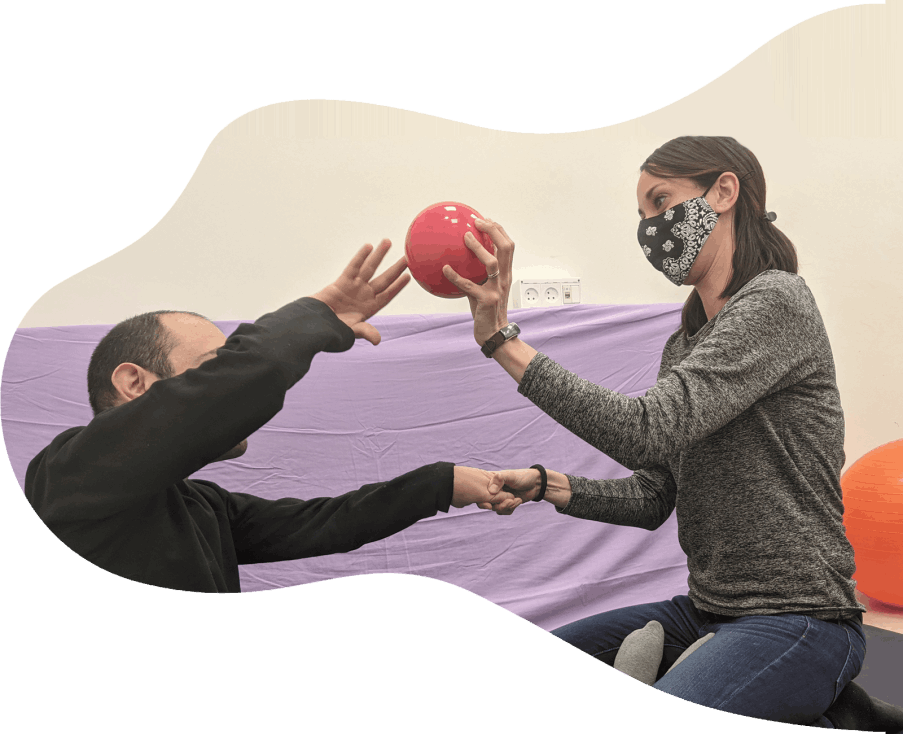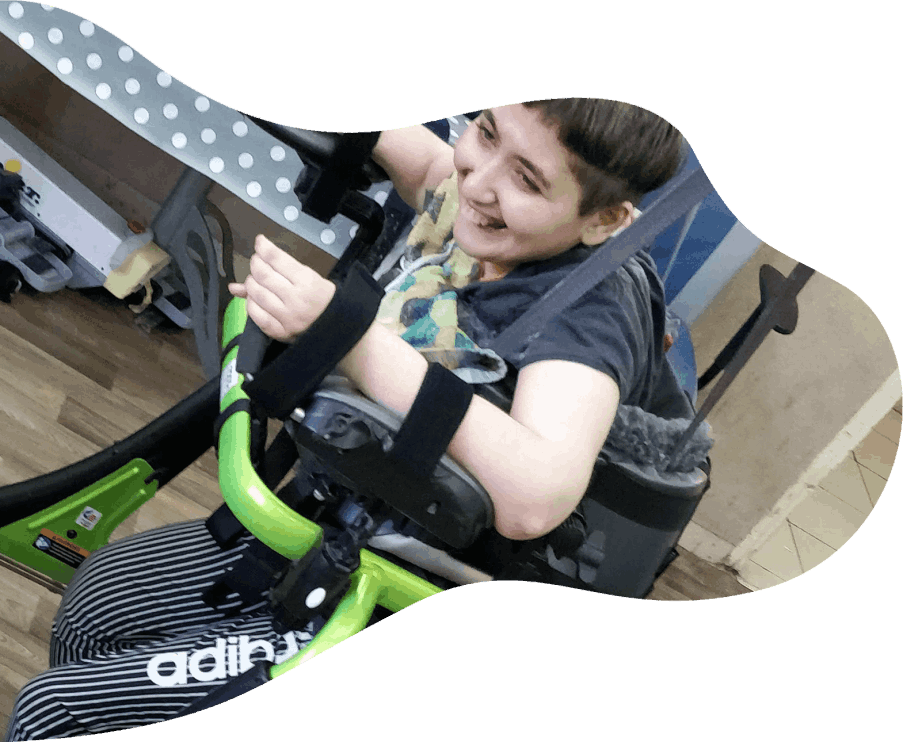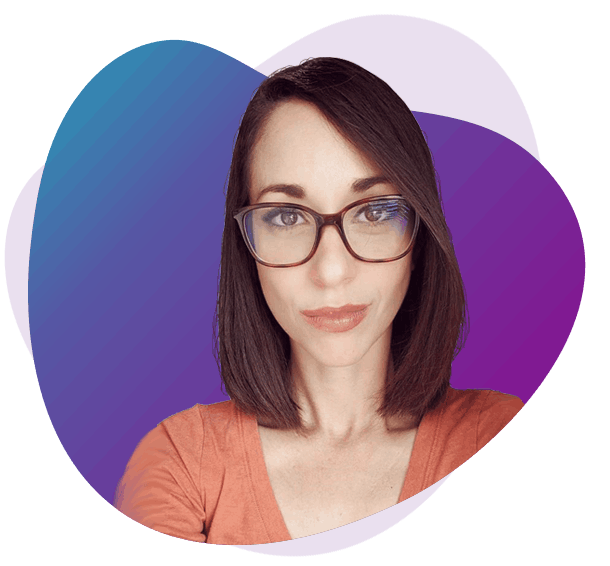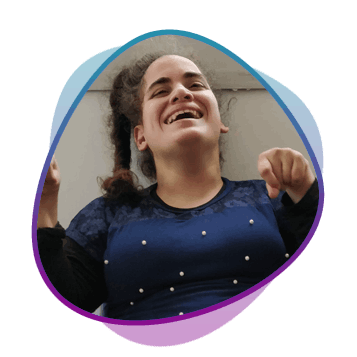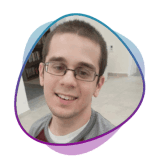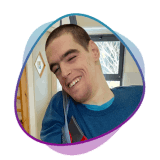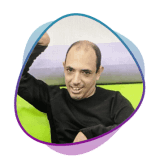How it all started
I started to work with eleven patients between the ages of 21 to 50, the majority diagnosed with cerebral palsy, spastic tetraplegia, intellectual disability, and other health conditions. Some of them did not receive Physical Therapy treatment in their childhood and were treated at home complicating their state even further.
When starting the work with MOVE the patients were in a wheelchair, inactive, and totally dependent, during the period that we worked with the MOVE program they didn't receive additional physical therapy. After six months all patients showed excellent results such as maintaining a sitting position without or with minor support, performing various activities with their upper limbs while sitting on a regular chair, holding a standing position with the support of a Rifton PACER, performing voluntary movements in lower limbs without shifting and eight of them managed to move up to three meters nonstop and performed 30 minutes walks during the week.
